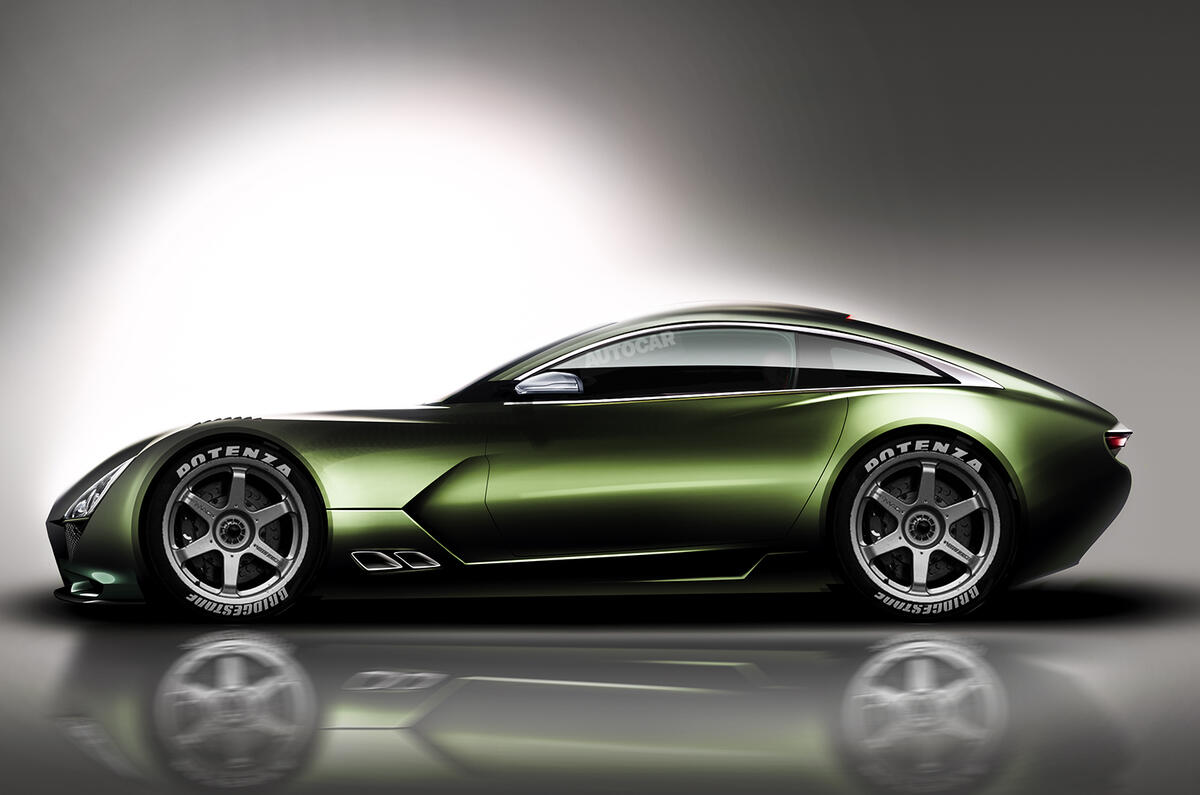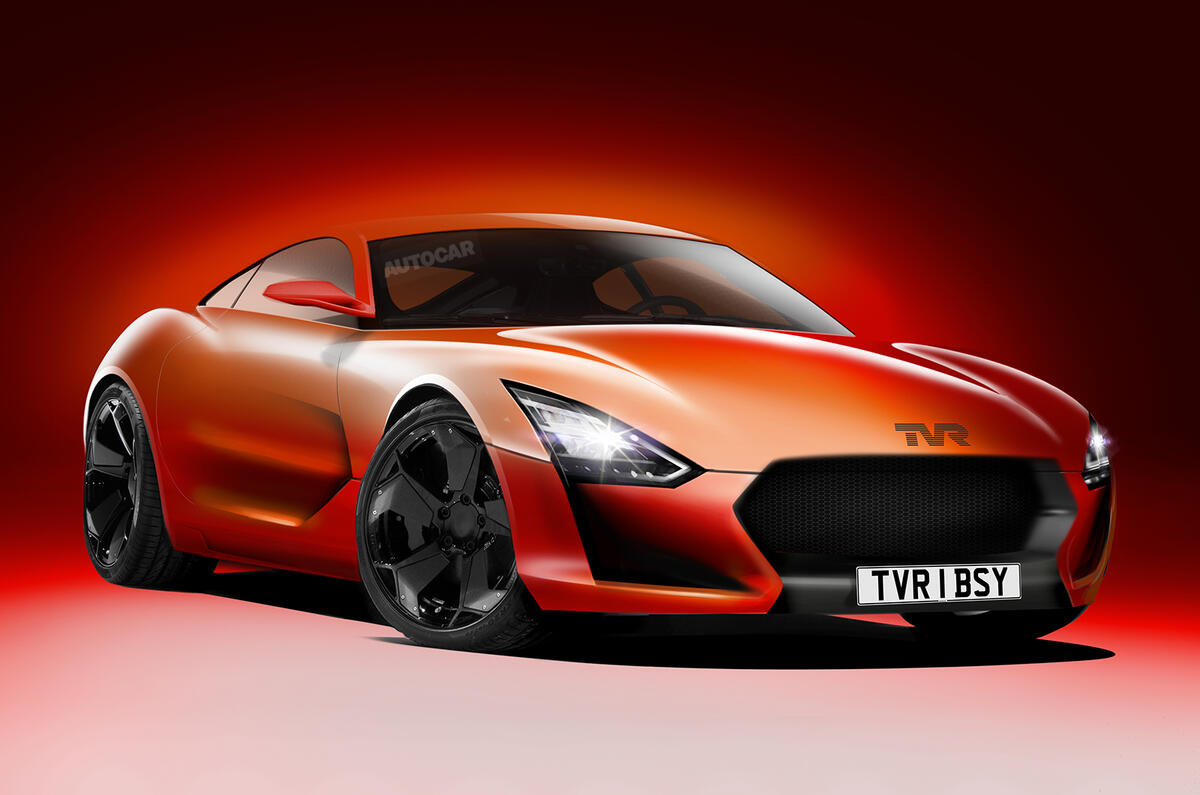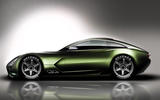The new TVR sports car will be offered with the innovative carbonfibre manufacturing process developed by car designer Gordon Murray, it has been revealed.
TVR Griffith revealed - click here for the full story
Murrary's iStream Carbon system was revealed in October last year and was first shown on the Yamaha Sports Ride Concept sports car at the Tokyo motor show. The system, which is an evolution of Murray's earlier iStream process, features carbonfibre panels bonded to a tubular steel frame. The system is understood to bring significant weight savings, or can add strength to a car's structure.
While Murray's iStream chassis is already very strong, TVR is understood to be leaning towards the extra strength advantage rather than weight savings - something which could be neccessary if the sports car is to acheive its target of around 400bhp/tonne. Development mules for the new car will enter testing in the next few months, ahead of the car's launch in 2017.
Read about TVR's new Circuit of Wales-based plant here
TVR has also confirmed that it will offer a special 'launch edition' of its upcoming sports car, which will feature the iStream Carbon technology as standard. After that, owners will be able to specify the technology as a cost option. The standard car will still be constructed using the iStream process, but will feature glass-reinforced plastic panels.
More than 300 people are known to have placed deposits for the new TVR. Company chairman Les Edgar said: "The response has been fantastic. With deposits continuing to flow in, we will be looking to close the order book for the Launch Edition car shortly. Our intent is to unveil the styling of the new car in the coming months at a public event, although we will be conducting car clinics before then. There will be an opportunity for deposit holders to register interest if they would like to participate."
TVR sent out a teaser image of its new sports car over Christmas, and later admitted that the drawing was in fact a modified version of Autocar's own rendering. The image was intended to give deposit holders a taste of what the car will look like rather than reveal any of its production details.
Last year, TVR officials admitted the firm has already sold out its allocation of production cars for 2017. In October of last year, the company fired up its new Cosworth V8 engine for the first time. The engine will produce between 450 and 500bhp.
TVR announced it was going back into production in June 2015, with Gordon Murray Design and Cosworth Engineering signed up as key partners. The new company started taking deposits for the planned new sports car four weeks later, having enjoyed a high level of demand from the public.















Join the debate
Add your comment
Please, not another Audi
Overhang
Coefficient of Linear Expansion ?
That's the least of TVR's problems
they think of everything
Ah yes, the heating and cooling cycle. Occurs when the car starts, runs for a bit and then is switched off and cools. This isn't something the average TVR owner has to worry about. And while it can get a bit nippy on the hard shoulder, Gordon Murray has designed a super-lightweight blanket for those long hours waiting for the recovery truck.